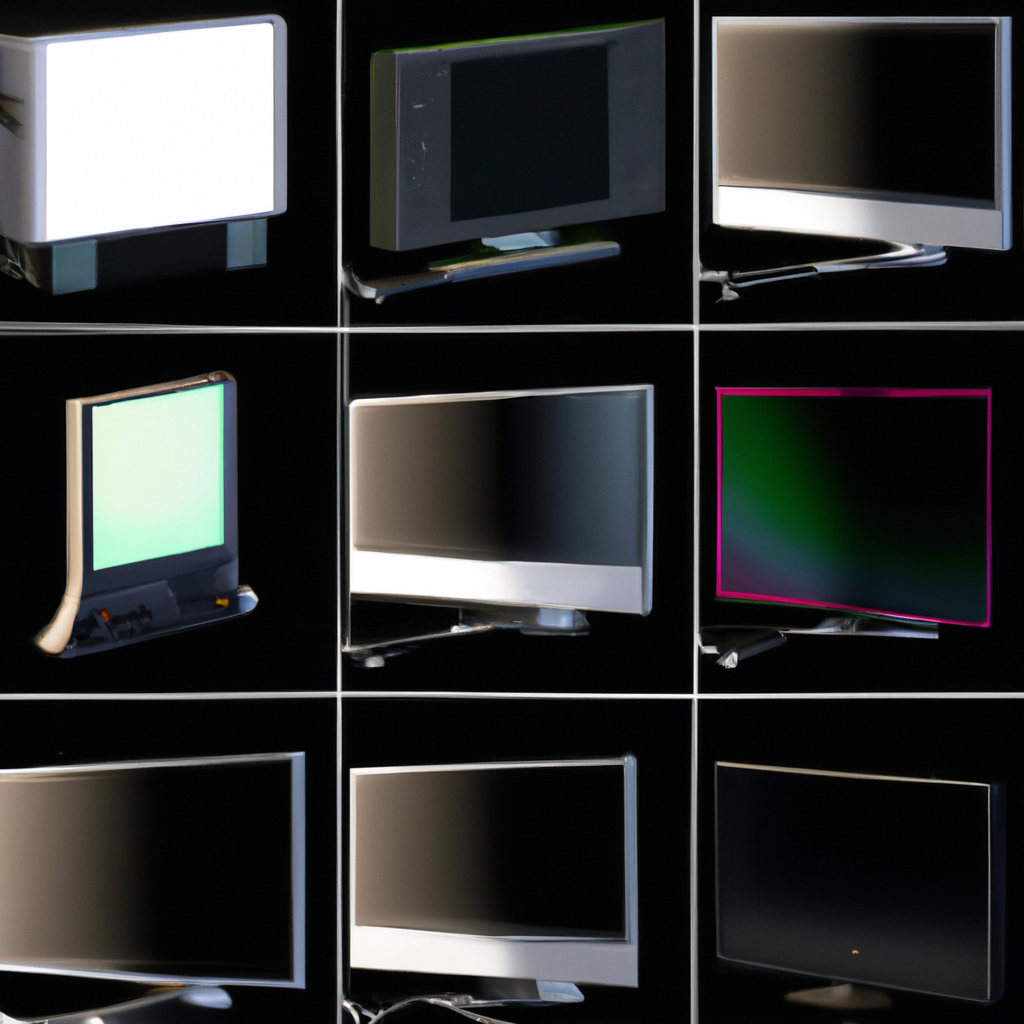Pioneering the Pixels: A Journey Through the Evolution of Display Technology
As we navigate deeper into the second quarter of 2025, the evolution of display technology remains a pivotal chapter in the annals of technological advancement. From the rudimentary cathode-ray tubes to the sophisticated OLED screens, this journey not only mirrors innovation but also reflects the changing dynamics of user interaction with machines.
The inception of display technology can be traced back to the early 20th century, where the cathode-ray tube (CRT) reigned supreme. Fast forward to the late 1990s, liquid crystal displays (LCDs) began to dominate, offering better energy efficiency and a slimmer profile.
The introduction of organic light-emitting diodes (OLED) marked a significant breakthrough in the early 2000s, with its ability to produce richer colors and deeper blacks. This technology paved the way for further innovations such as AMOLED and Super AMOLED, enhancing visual experiences and energy efficiency.
In the past decade, the development of Quantum Dot LED (QLED) technology has offered even greater color accuracy and vibrancy. Looking ahead, the future promises exciting possibilities with the advent of microLED and nanotechnology, potentially revolutionizing the way we view content in dynamic and interactive environments.
This post explores the landmark developments in display technology and their impact on both the industry and consumers. It delves into the technical advancements, the shifting market dynamics, and the future prospects of display technology in an increasingly digital world.
From CRTs to Advanced OLEDs
The transition from CRTs to advanced OLEDs highlights a significant evolution in display technology. Each leap forward brought about enhancements in color accuracy, response time, and viewer engagement, fundamentally altering how content is experienced.
As we look toward the future, innovations such as flexible displays and holographic projections are on the horizon, promising to make digital interactions more immersive and intuitive. The evolution of display technology is not just about sharper images and brighter colors; it’s about creating a more cohesive and responsive user experience.
Conclusion
The journey through the history of display technology is a testament to human ingenuity and the relentless pursuit of improvement. As we move forward, the boundaries of what can be achieved continue to expand, driven by both consumer demand and technological advancements.
Embracing these changes, the future of display technology looks bright, with endless possibilities for enhancement and innovation. It is a fascinating time to be part of this dynamic field, where the past and future collide to create something truly spectacular.






